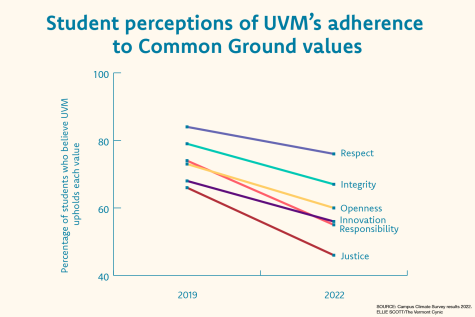UVM study on autism tracks eyes

A recent study on autism by UVM is the first of its kind.
Tiffany Hutchins, assistant professor of communication sciences and disorders has published a study on the behavior of children with autism.
Hutchins’ study made use of emerging eye-tracking technology to determine where the eyes of an autistic child tend to focus when asked specific emotionally charged questions, according to the study.
The study, published in the Research in Autism Spectrum Disorders journal, is the first to use Skype and conversations rather than still images or video to determine patterns in gaze, Hutchins said.
It found that when asked emotionally charged questions, autistic children are more likely to look more toward the mouth than to the eyes, according to the study.
“There’s been eye-tracking studies done in autism before, that’s not new; but what people had done is show people with autism videos, or static pictures of faces or complex social scenes to see where their focus went,” Hutchins said. “We were kind of scratching our heads going, ‘Why hadn’t this been done before?’”
The system, called Miramatrix, emits a light that bounces of the cornea of the subject showing on a computer exactly where they are looking, she said.
“It’s very unintrusive and that’s what you need for kids with autism,” Hutchins said.
The study included 19 children with typical levels of social development and 18 who had been previously diagnosed with autism, all ages 6 to 12, according to the study.
“One of the biggest contributions of this study was we were able to experimentally isolate a condition,” Hutchins said. “It looks to us like they are averting eye gaze in an effort to conserve cognitive resources.”
Problems with eye contact are fairly typical of people with autism, first-year Heather Day said, whose brother is autistic.
“My brother doesn’t often make much eye-contact with people,” Day said. “He is looking around, taking in everything.”
Current modes of therapy which stress eye contact could do more harm than good, Hutchins said.
“The other thing that we hear from people on the autism spectrum quite a bit is they are sick and tired of people telling them to look them in the eye,” she said. “What you hear people with autism say is, ‘Stop telling me to look at you, I’m trying to listen to you.’”














